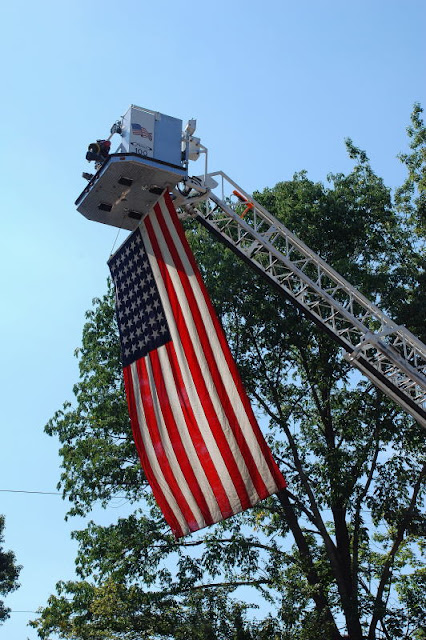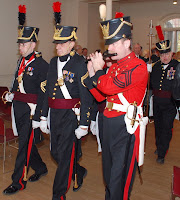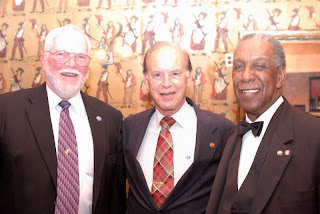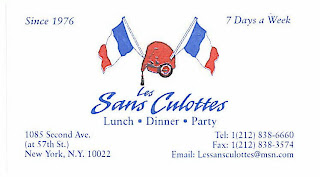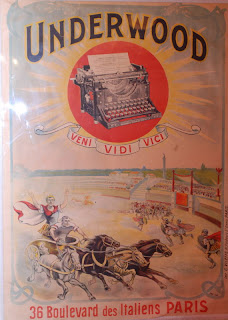May all be happy.
May all be without disease.
May all creatures have well-being.
None should be in misery of any sort.
- Vedic Prayer
This week, the School of Practical Philosophy on East 79th Street commences its fall semester, and those like myself who completed Level 1, Philosophy Works, naturally would continue to Level 2, titled Happiness, which addresses these:
- What is happiness?
- Is happiness natural or do we need to find it?
- What gets in the way of being happy?
- How does happiness relate to others?
- How may happiness be experienced fully?
- Learning to observe without prejudice.
- Living life in the present moment.
 Sorry to say I will have to catch up at a later time, but I did return to New York University last Thursday for Mindful NYU’s presentation of The Habit of Happiness: An Evening on Mindfulness with the Blue Cliff Monastic Community. Located in the Catskills, Blue Cliff was founded by Vietnamese Zen Buddhist Master Thich Nhat Hanh. Read a bit about his amazing life here. A small group of monks are touring the United States this month to impart some of the very useful techniques of mindfulness exercise. They spoke for more than two hours that night inside the Kimmel Center on Washington Square South, and, rather than risk inaccurately reporting all of what they said, I will share a few key points instead.
Sorry to say I will have to catch up at a later time, but I did return to New York University last Thursday for Mindful NYU’s presentation of The Habit of Happiness: An Evening on Mindfulness with the Blue Cliff Monastic Community. Located in the Catskills, Blue Cliff was founded by Vietnamese Zen Buddhist Master Thich Nhat Hanh. Read a bit about his amazing life here. A small group of monks are touring the United States this month to impart some of the very useful techniques of mindfulness exercise. They spoke for more than two hours that night inside the Kimmel Center on Washington Square South, and, rather than risk inaccurately reporting all of what they said, I will share a few key points instead. |
| Monks from Blue Cliff Monastery appearing last Thursday at NYU. |
Introducing themselves by name—their names, in Vietnamese, are chosen for them by their teacher—and sharing some of their life stories, the monks of Blue Cliff quickly engaged the audience in a Singing Meditation. Lest anyone think meditative exercises have to be silent and motionless, this is proof that happiness can be achieved through a transparently silly activity. I wish I had video recorded it because it is a lively technique that I guarantee will demolish the most agitated or torpid state of mind at any time, and it must be seen to be believed. I don’t want to leave it at that teaser, so I’ll try to explain:
Fortunately the song can be heard here, courtesy of Thich Nhat Hanh’s Plum Village Mindfulness Practice Centre. In addition to the harmonizing, the monks employed descriptive hand gestures to complement the lyrics, which of course heightened the levity. So you’ve clicked that link, and heard the song—try getting it out of your head—but the point is not humor exactly; it is, in the words of one monk, “to live happily in the present moment.” But what is the present moment? It is not a construct of lineal time connecting past to future. It is, if I understand, a oneness of things physical and metaphysical. Singing the song is a way to practice breathing, a tool to relieve stress, and the lyrics present a method for us to express gratitude for all that we have, and to bring awareness of the things we do all day every day.
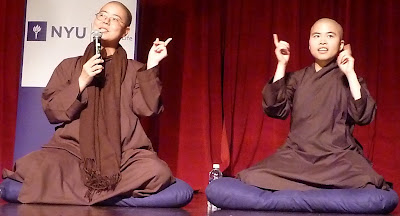 |
| Sister Purification and Sister Brightness demonstrate the Singing Meditation. |
I think the monks imparted this lesson better in the Tangerine Meditation. All of us in the audience found small tangerines awaiting us on the seats upon our arrival, and were instructed to not eat them. At the appointed time, we were guided through a simple exercise of just seeing the piece of fruit; and smelling it; feeling it; and contemplating the planting of the tree that yielded it, and its growth; and considering the sunshine that ripens the fruit and makes it grow sweeter; and the rainfall; and the laboring hands of those who pick the fruit for our enjoyment. It is a gift of the whole universe—sky, sun, rain, earth, people—that instills in us a feeling of great gratitude. (You alchemists out there are smiling knowingly in recognition.)
And then it was time to eat the tangerine. The Eating Meditation teaches us to be present with our food, appreciating the love and hard work that goes into producing it, so that we truly may be nourished by the food. Peeling the tangerine with a neighbor, pairs of us shared the pleasures of eating the fruit together.
That all may sound simple, but as the monk named Sister Brightness explained, these exercises affect a very complex change in the psyche. Mindfulness, she explained, originally was known as “right mindfulness.” Right, not as in value judgments, but meaning a oneness of mind and body that produces great understanding that we can cultivate in ourselves, as we come to a level of concentration and joy with each breath in and each breath out. The breathing allows us to sustain awareness, “and every moment is a Friday, a weekend.”
 |
| Brother Jewel with tangerine. |
All of this helps me as I prepare to present “Come to Your Senses!” at Inspiratus Masonic Lodge in New Jersey on the 28th. This will be a new and improved version of the talk I gave before the Masonic Restoration Foundation last month in Philadelphia—which reminds me I haven’t posted news and photos from that weekend yet—before an audience of about 70 Freemasons from all over the country. The lecture, which is informed by proprietary instruction from the School of Practical Philosophy, ran 20 minutes, and the Q&A required another half hour, which was great because it showed me how much information I neglected to address in my 20 minutes. I am hardly experienced in the ways of mindfulness, so I am looking forward to getting back to NYU for a special event for alumni on the afternoon of October 24 for more instruction.

































































